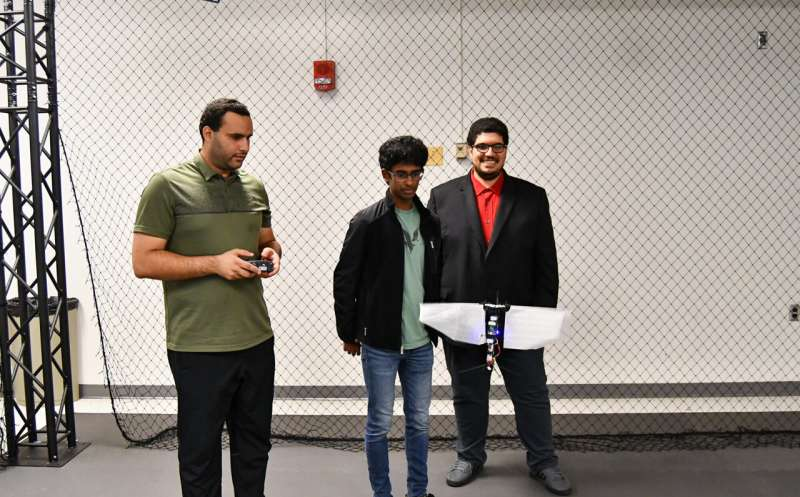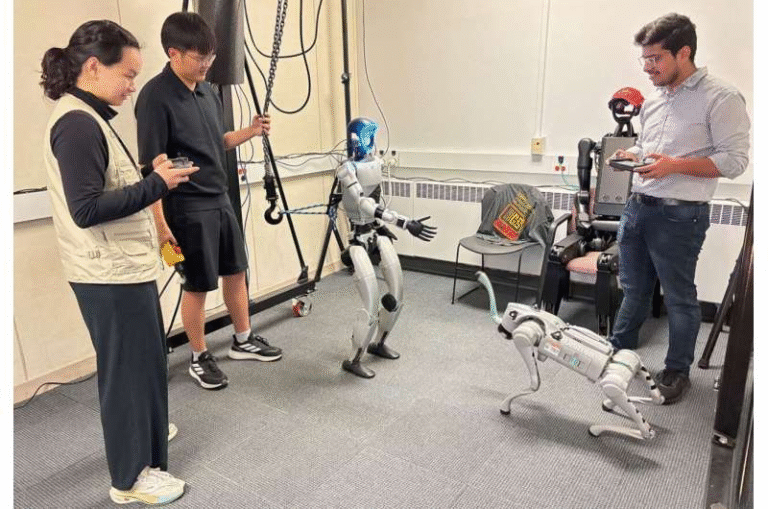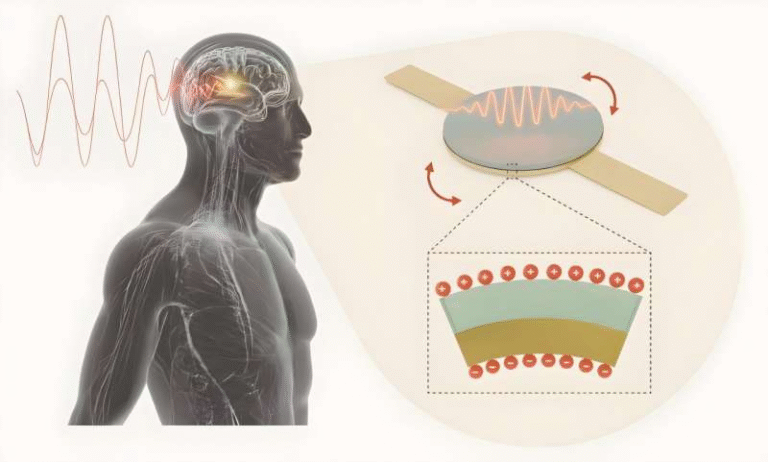UC Researchers Develop a Moth-Inspired Drone That Navigates on Its Own Without AI

The University of Cincinnati has introduced a fascinating new approach to autonomous flight: a moth-like drone that can navigate and hover without using AI, GPS, or complex onboard computation. Instead, this lightweight flapping-wing robot relies on a real-time extremum-seeking feedback system, a method that adjusts its behavior based solely on continuous measurements of how well it is performing its programmed task. The outcome is a drone that can track and hover around a moving light source with an agility that resembles the delicate flight of insects.
The project comes from the Modeling, Dynamics and Control Lab led by Assistant Professor Sameh Eisa at UC’s College of Engineering and Applied Science. Working with his students Ahmed Elgohary and Rohan Palanikumar, Eisa is exploring animal-inspired engineering principles to design small robotic flyers that can operate with extreme efficiency. The idea is that if insects with tiny brains can achieve incredibly stable flight, then scaled-down robots should be able to do the same—but with clever control instead of heavy computation.
How the Drone Mimics Hovering Insects
Hovering insects like moths, bumblebees, hummingbirds, hoverflies, dragonflies, and craneflies are known for their ability to stay in one place, move in reverse, or follow targets through gusty, unpredictable conditions. They accomplish this using flapping wings that move in rapid, often figure-eight patterns. These motions generate lift both on the downstroke and upstroke, helping them remain stable even when disturbed.
The UC drone follows a similar principle. It uses four flexible wings made of wire and fabric, each capable of flapping independently. These wings flap so rapidly that the movement appears as a blur, much like a hummingbird’s. By adjusting the flapping parameters on each wing, the drone can control roll, pitch, and yaw.
What makes this system special is the intentional wobble in the drone’s movement. Instead of trying to eliminate small perturbations, the drone uses these tiny changes as part of its feedback loop. The extremum-seeking controller reads performance—such as how close it is to the target light—and tweaks wing flapping accordingly. The constant adjustments allow the drone to maintain optimum behavior without needing models of aerodynamics or complex computational reasoning.
Students demonstrated the drone in a netted flight space. Controlled manually, the drone is extremely sensitive and difficult to fly. But once the extremum-seeking controller activates, the drone lifts off and hovers on its own, following a light source even if it moves. The flight isn’t perfectly still—it has a subtle sway—but this sway is necessary for the system to measure performance changes and stay stable.
According to UC’s simulations, this simple feedback mechanism can naturally reproduce the exact hovering characteristics seen in several insect species. Each insect has its own subtle motion signature, and the drone can imitate these behaviors with surprising fidelity.
Understanding Extremum-Seeking Feedback
The extremum-seeking method is a control strategy used in engineering to optimize a system in real time without prior knowledge of its dynamics. Instead of computing precise aerodynamic models or running machine learning algorithms, the drone simply tests tiny variations and sees whether they take it closer to or further from its goal.
This approach allows autonomy with:
- No AI
- No GPS
- No complex sensors
- No pre-programmed model of flight or environment
It’s a model-free system that relies entirely on real-time measurements and continuous micro-adjustments. For tiny flying robots, where weight and power are extremely limited, this method offers a huge advantage.
Why UC Researchers Are Interested in Small Flapping-Wing Robots
Professor Eisa’s interest in insect-inspired designs stems from their energy efficiency, size advantages, and unique maneuverability. Traditional quadcopters struggle when scaled down because their rotors lose efficiency and their electronics dominate weight. But insects show that flapping-wing designs can work beautifully at small scales.
The UC team sees several potential applications:
- Covert surveillance, where small size and silent operation matter
- Environmental monitoring, especially in tight or delicate ecosystems
- Search-and-rescue in confined spaces
- Biomimetic research, bridging engineering and biology
Eisa has also explored other animal-inspired flight projects, such as drones that exploit dynamic soaring like albatrosses to cover long distances with minimal energy.
Their current project advances both engineering and biology. If hovering insects indeed rely on something similar to extremum-seeking feedback, it could reshape our understanding of insect nervous systems and how such small creatures achieve extraordinary flight control.
Additional Facts About Hovering Insects and Flapping Flight
To better appreciate what this drone is imitating, here are some additional details about real hovering insects—useful context for any reader wanting to understand why this research matters.
How Insects Generate Lift
Flapping wings use several mechanisms to stay aloft:
- Leading-edge vortices create low-pressure zones to enhance lift.
- Figure-eight wing strokes keep airflow attached through both strokes.
- Wing flexibility helps adjust the shape in real time, improving control.
These strategies help insects maintain lift even at small scales where airflow behaves differently.
Why Hovering Is Hard
Hovering is one of the most energy-intensive flight modes, requiring constant lift generation without forward motion. Insects solve this by:
- Rapid wingbeats
- Precise timing of muscle activation
- Continuous sensory feedback from vision and body sensors
The UC drone’s use of continuous micro-adjustments parallels this biological strategy.
What Makes Flapping-Wing Drones Challenging
Although researchers have experimented with flapping bots for decades, they face challenges such as:
- Delicate mechanics
- Instability
- Low payload capacity
- Complex aerodynamics
The extremum-seeking approach bypasses many of these problems by avoiding heavy computation and allowing small imperfections (like wobble) to become part of the solution.
What This Means for the Future of Micro-Robotics
The work at UC pushes micro-robotics forward in several ways:
- It proves that simple feedback laws can produce complex, stable behaviors.
- It shows that autonomous hovering doesn’t require advanced processors.
- It demonstrates a biologically plausible method that might mirror insect neural control.
- It provides a foundation for building flapping-wing drones that can operate in GPS-denied environments.
Future research may focus on extending this technique to:
- obstacle avoidance
- wind compensation outdoors
- navigation toward more complex targets
- integration with lightweight sensors
If these challenges are addressed, we may eventually see swarms of tiny autonomous flapping robots operating in environments too dangerous, delicate, or inaccessible for humans or larger drones.
Research Paper
Hovering flight in flapping insects and hummingbirds: A natural real-time and stable extremum-seeking feedback system
https://doi.org/10.48550/arxiv.2402.04985





